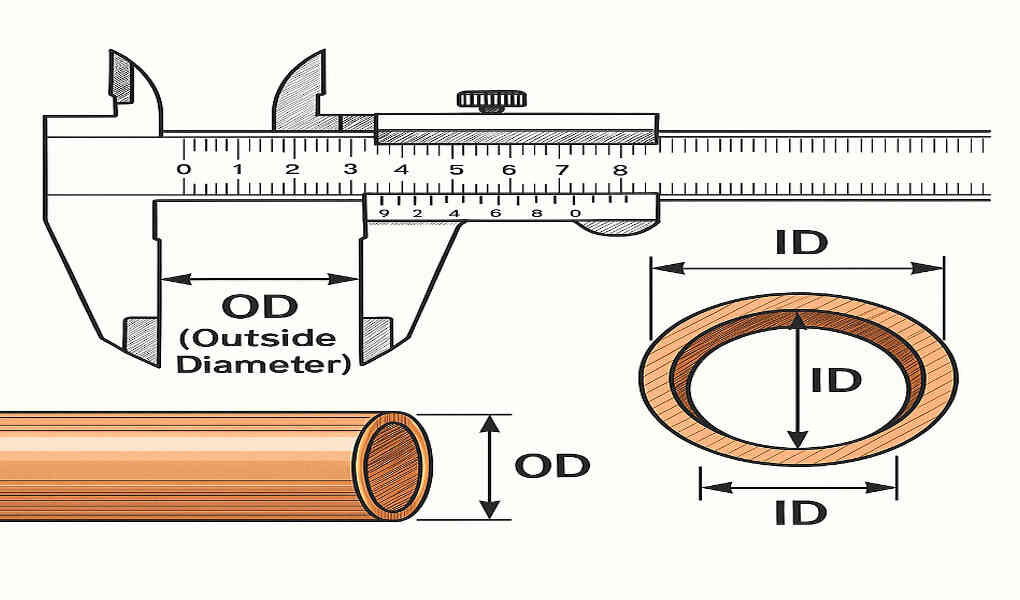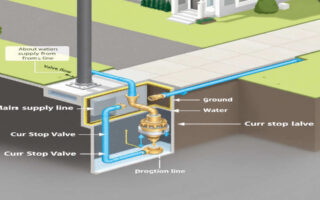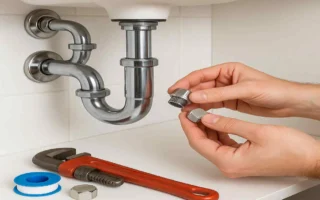Plumbing is a vital component of any home, and understanding its technical aspects can make a significant difference for homeowners and professionals alike. Whether you’re tackling DIY repairs, buying the right materials, or simply trying to make sense of your home’s plumbing system, one term you’ll often encounter is OD. But what does OD stand for in house plumbing, and why is it so important?
If you’ve ever walked into a hardware store or consulted a plumber, you’ve likely heard terms like OD, ID, or nominal size. For most homeowners, these terms can sound confusing, but they play a huge role in maintaining a functional plumbing system.
What Does OD Stand for in House Plumbing?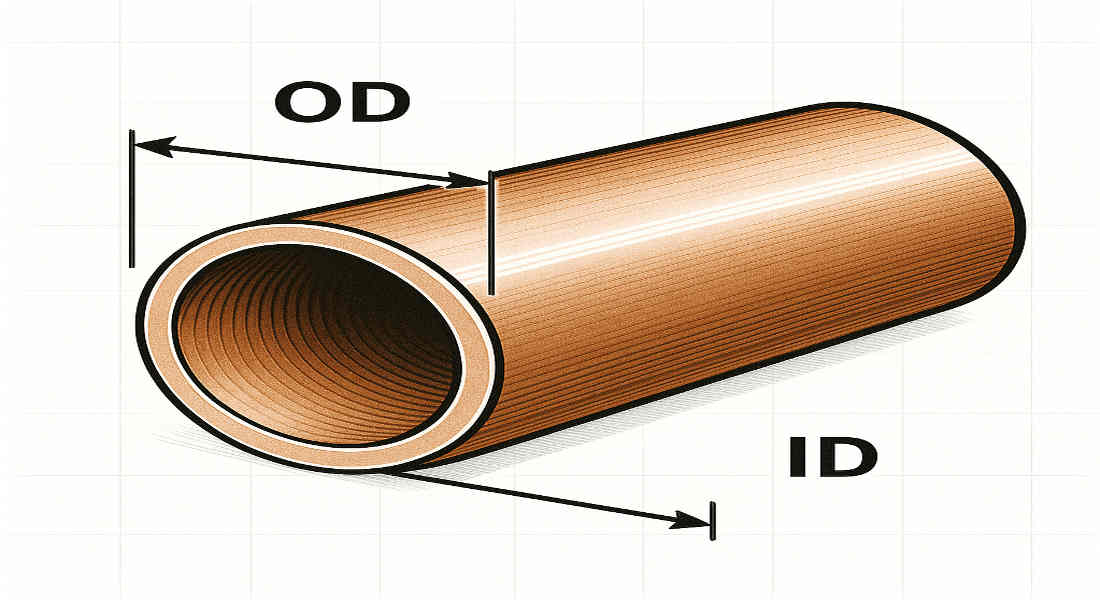
When we talk about OD in plumbing, we are referring to the Outside Diameter of a pipe. Simply put, OD is the measurement of the outer surface’s width of a pipe, including its wall thickness.
OD vs. ID vs. Nominal Size
To truly understand OD, it’s essential to differentiate it from other common pipe measurements:
- OD (Outside Diameter): Measures the external width of the pipe.
- ID (Inside Diameter): Measures the internal width of the pipe, which determines the flow capacity.
- Nominal Size: A standardized label used to classify pipes, often unrelated to actual measurements.
For example, a pipe labeled as 1.5-inch nominal size may have an OD of 1.625 inches and an ID that varies based on the pipe’s material and wall thickness.
Why Is OD Critical?
OD is critical because it:
- Ensures compatibility with fittings, couplings, and connectors.
- Plays a role in determining the pipe’s structural integrity and pressure capacity.
- Helps plumbers and homeowners select the right materials and sizes for any plumbing project.
Why Is OD Important in House Plumbing?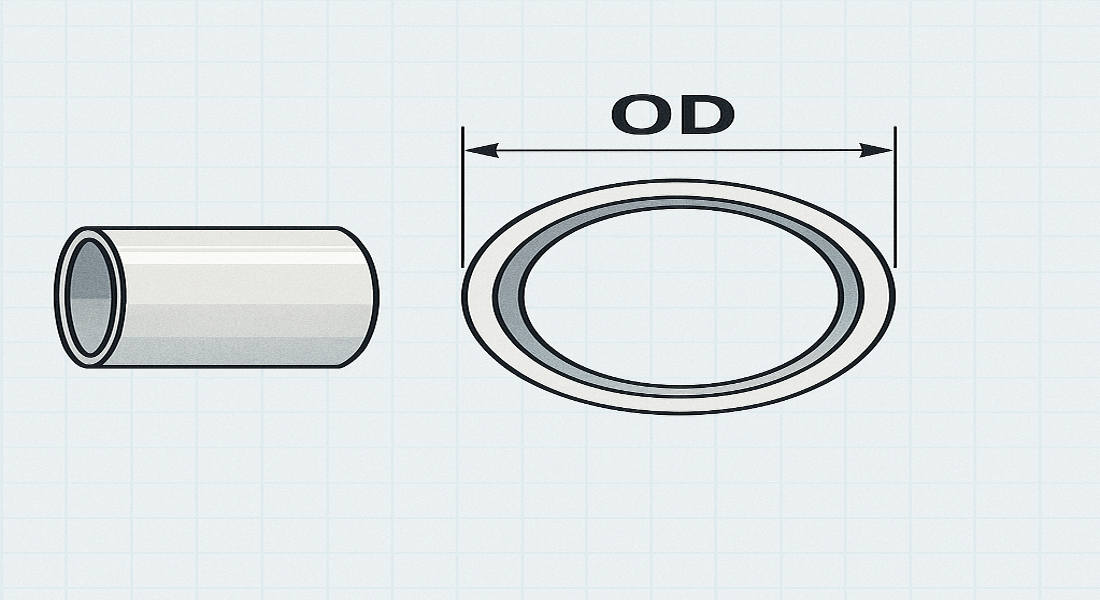
The Outside Diameter (OD) of a pipe is much more than a measurement; it’s a key factor in ensuring your plumbing system functions as intended. Here’s why OD is so important:
Pipe Fitting Compatibility
When connecting pipes to fittings, the size must match perfectly. OD determines whether a pipe will fit snugly into a connector or a coupling. Even a small mismatch can cause leaks, pressure loss, or system failures.
Proper Flow and Pressure
OD also indirectly affects flow rate and pressure. While ID determines how much water can flow through a pipe, OD influences the wall thickness, which in turn impacts the pipe’s strength and ability to handle pressure.
Selecting the Right Materials
Different materials, such as PVC, copper, and steel, have varying wall thicknesses for the same outer diameter (OD). Knowing the OD ensures you’re choosing the correct material and size for your specific needs.
You may also read (transform your home with pex plumbing solutions).
How to Measure OD in Plumbing Pipes
Measuring OD accurately is essential for both professionals and DIY enthusiasts. Follow these steps to ensure precise results:
Step-by-Step Guide
- Gather Your Tools: You’ll need a caliper, OD measuring tape, or even a string and ruler.
- Clean the Pipe: Ensure the pipe’s surface is clean and free of debris for accurate measurement.
- Measure Across the Pipe: Use your tool to measure the widest distance across the pipe’s outer surface.
- Double-Check Your Measurement: To avoid errors, measure the pipe at multiple points and average the results.
Tools for Measuring OD
- Calipers: Digital or manual calipers provide the most accurate readings.
- OD Measuring Tape: Flexible tape specifically designed for measuring pipe diameters.
- String Method: Wrap a string around the pipe, mark the overlap, and measure the string’s length.
Tips for Accurate Measurements
- Avoid measuring near bends or irregular sections of the pipe.
- Use proper lighting to ensure you read the measurements correctly.
- If using a caliper, ensure it is calibrated and aligns perfectly with the pipe’s surface.
OD vs. ID vs. Nominal Pipe Size: Understanding the Differences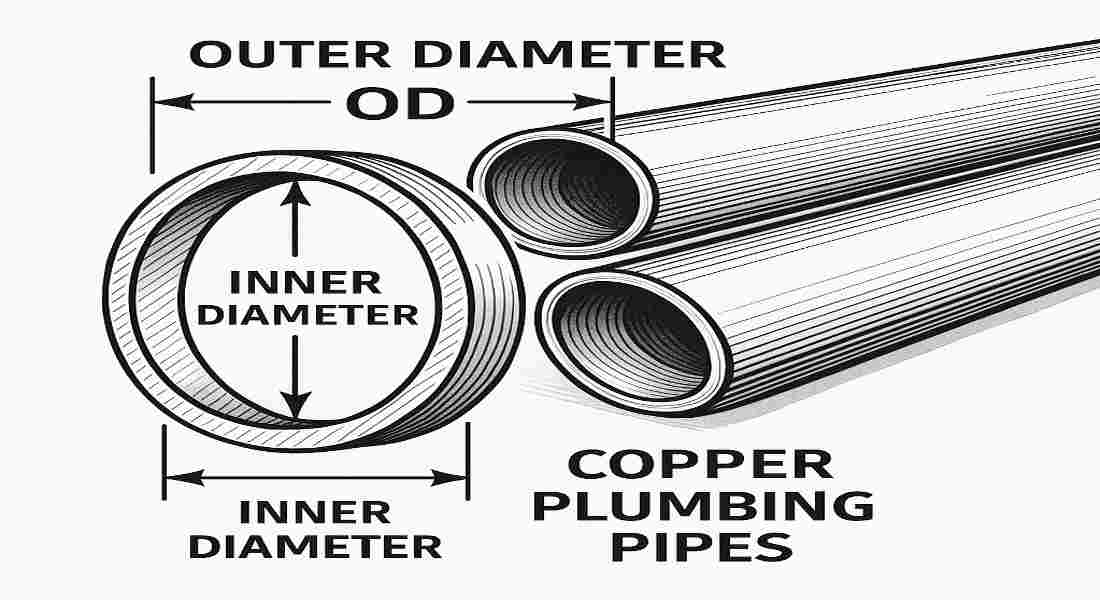
Understanding the relationship between OD, ID, and nominal size can be challenging, but it’s crucial for selecting the right pipes and fittings. Here’s a clear breakdown:
Measurement Type Definition Importance Example Measurement
OD (Outside Diameter) External width of the pipe Determines fitting size and compatibility 1.625 inches for a 1.5″ pipe
ID (Inside Diameter) Internal width of the pipe Determines flow capacity Varies by wall thickness
Nominal Size Standardized size label General reference for pipe size 1.5″ nominal pipe size
Wall Thickness and Its Impact
A pipe’s wall thickness affects the relationship between OD and ID. For example:
- A thicker wall means a smaller ID for the same outer diameter (OD).
- Wall thickness also impacts the pipe’s ability to withstand pressure.
You may also read (what should i do if a raccoon is in my house)
Common Pipe Materials and Their OD Standards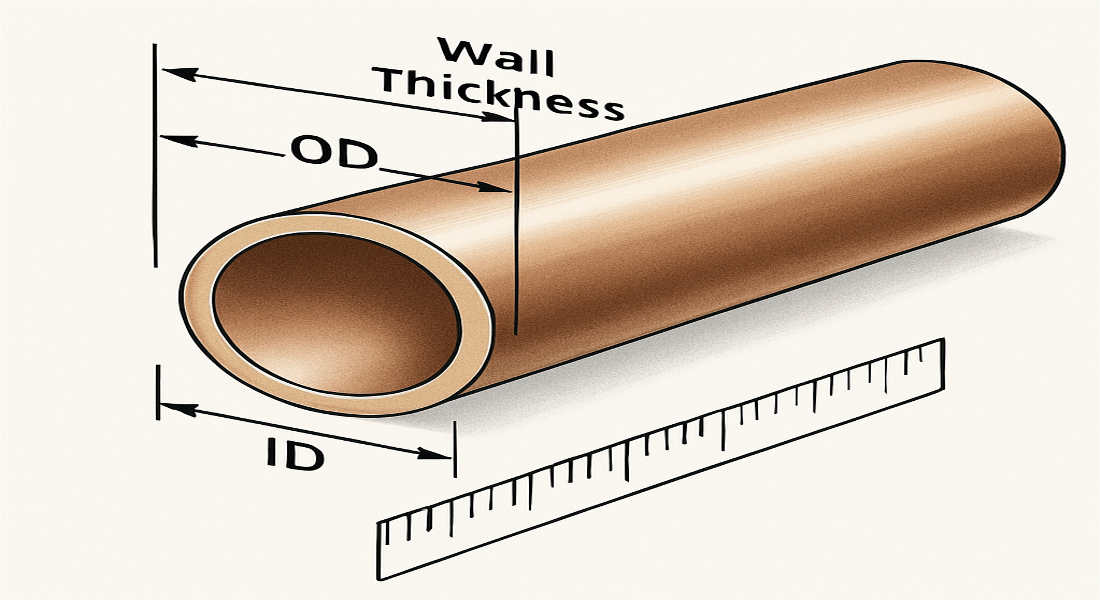
Different materials are used in plumbing, each with its own OD standards. Let’s take a closer look:
Common Pipe Materials
- PVC Pipes: Lightweight and widely used; OD is consistent across different thicknesses.
- Copper Pipes: Durable and corrosion-resistant; OD typically follows a standardized chart.
- Steel Pipes: Strong and used for high-pressure systems; OD is critical for compatibility.
Why OD Remains Consistent
The OD of pipes remains consistent regardless of the wall thickness. This standardization ensures fittings and connectors can be manufactured uniformly.
Practical Applications of OD in House Plumbing
Understanding OD can make a huge difference in real-world plumbing scenarios. Here’s how it’s used:
Selecting Fittings and Connectors
Plumbers rely on OD measurements to choose the right fittings, couplings, and connectors. A proper fit ensures leak-free and secure connections.
Pipe Replacement and Repairs
When replacing a damaged pipe, matching the outer diameter (OD) is crucial to ensure it fits with the existing system.
Modern Plumbing Techniques
In advanced methods like trenchless plumbing, OD plays a role in selecting pipes that can withstand the process without compromising the system.
You may also read (how to understand vtr in home plumbing).

